Maison Mugnier: A history of the master architects of timekeeping
The story of the Mugniers, master watchmakers for Emperor Napoleon and the royal court, is rich in details of intricate skills and accomplishments of horology, yet steeped in mystery.
Historical records are scarce on the Mugnier family history. Little, too, is known about their personal journeys. Indeed, much of Etienne Mugnier l’Aîné – Mugnier the elder’s – past; the life he led and the path he took prior to taking up horology, or of how the family ended up in Geneva in the later part of the 19th century seems to have been lost in the mists of time. Yet this only serves to add to the allure of the esteemed Mugnier name.
Details that have been revealed to us within the pages of horological literature as well as on the engravings on exquisite timepieces of old, however, reveal a family of gifted clockmakers, sought after by royalty and aristocracy.
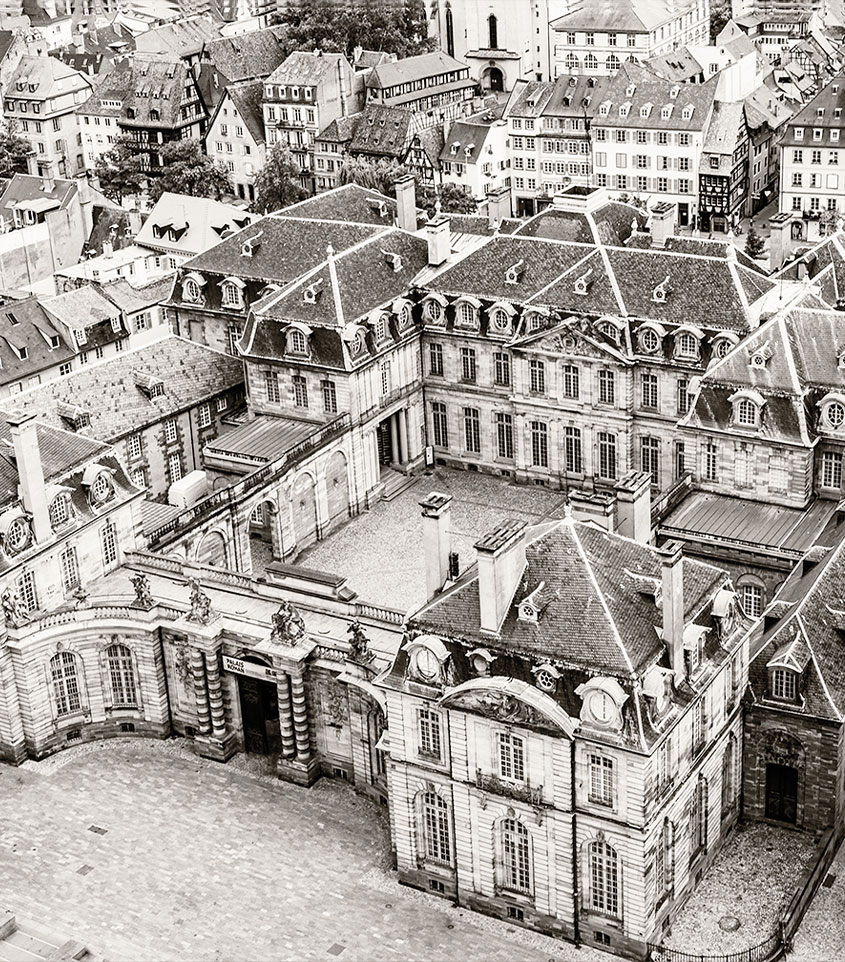 1786 Establishment of the first watch MUGNIER
workshop near Palais Royal
1786 Establishment of the first watch MUGNIER
workshop near Palais Royal
Officially, Etienne Mugnier’s story began in France close to the turn of the 19th century. He had opened his first clockmaking workshop near the Palais-Royal in Paris in 1786. The area surrounding the palace was an important marketplace, noted among the wealthy and elite for the luxury goods, including fine art and jewellery, found there.
Even then, he was no small-time craftsman. Mugnier senior had been a student of renowned watch and clockmaker Abraham-Louis Breguet for well over a decade. In fact, Mugnier, along with the Charles Oudin, founder of the now famous Parisian luxury watch dynasty of the same name, were among the very few apprentices the master, regarded as one of the greatest horologers of all time, trusted to produce luxury and precision timepieces of the highest quality. Surviving pieces made by Mugnier have often today been compared to the works of Breguet himself, so closely matched with his master’s in terms of mechanism, workmanship, complexity and style.
So skillful was Mugnier that when he left the famed Quai de l’Horloge firm to start his own, Breguet assented to the former inscribing Elève de Breguet, or student of Breguet, on his watches, which was a rare honour indeed. In the words of Emmanuel Breguet, a seventh generation descendant of Breguet, this inscription was to prove Mugnier had been “schooled by the most celebrated and demanding of watchmakers”.
Yet by all accounts, it was not Breguet whom the First Consul — later the French Emperor —Napoleon Bonaparte appointed watchmaker to the court. The honour of Horloger de S. M. l’Empereur et Roi went to Etienne Mugnier le Jeune or Mugnier the Younger. Again, the sands of time have swallowed most records and researchers are divided as to whether Etienne was the elder Mugnier’s son or younger brother.
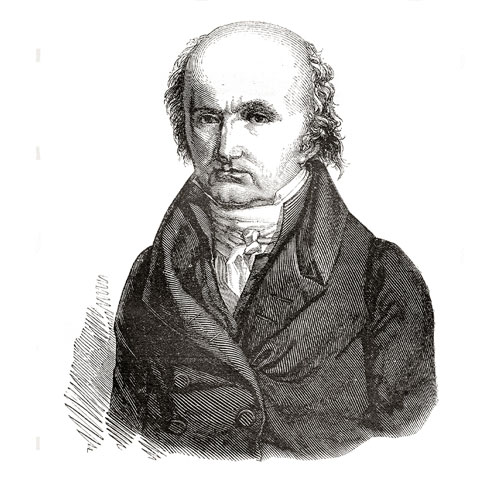 Abraham-Louis Breguet
Abraham-Louis Breguet
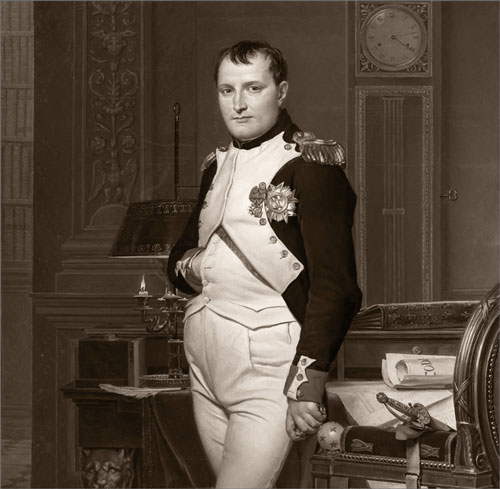 Emperor Napoleon I
Emperor Napoleon I
Whatever the blood ties, the latter became the first person to sign his name using the royal title. From his own workshop in Rue Neuve des Petits-Champs 57, Mugnier served the court of Napoleon, crafting exquisite clocks and watches for the emperor and his wife, as well as the wife of Napoleon’s most trusted senior aide-de-camp, General Duroc.
It was an honour he would later share with his own son Charles Mugnier. From then on, they would sign ‘Mugnier and son, watchmakers of the King, Paris’. Mugnier the Younger was further supplier to the court of the King’s brother, Monsieur frère du roi, styled the Count of Artois, and who would later become King Charles X. The Mugniers were also accorded the title of watchmakers to Louis VI Henri Joseph de Bourbon, Prince de Condé.
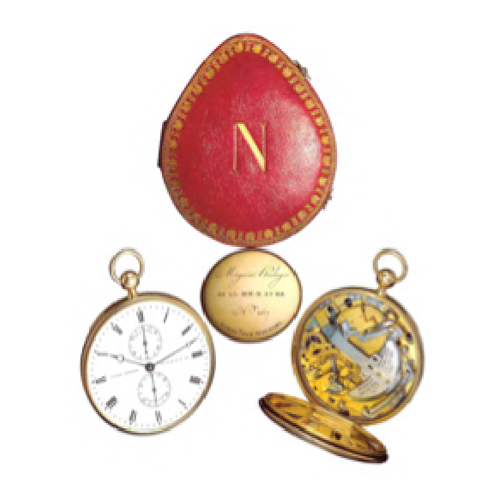 MUGNIER masterpiece, made for Emperor Napoleon (Minute Repetition with automatic winding) from 1812
MUGNIER masterpiece, made for Emperor Napoleon (Minute Repetition with automatic winding) from 1812
The masterpieces House Mugnier is known for include a 18 ct. gold, half quarter-repeating, self-winding watch with power reserve indicator from 1812. Set in a bold red fitted box, marked with the gilt initial ‘N’ for Napoleon himself, the watch was sold for USD 285,000 in 1993.
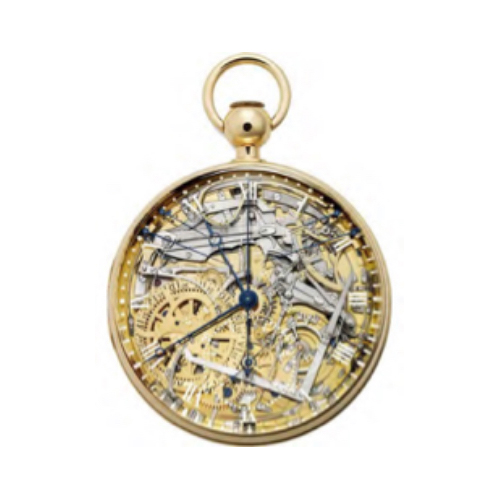 Antiquorum sells a MUGNIER watch
in the Breguet Style from 1812
Antiquorum sells a MUGNIER watch
in the Breguet Style from 1812
Another was a pair of gold watches, also from 1812, one of which was rebuilt and modified by esteemed Swiss chronometer maker Joseph Thaddäus Winnerl some decades later. Indeed, Antiquorum, the prestigious auction house, stated that a Mugnier creation “must have been held in great esteem” to have captured the interest of Winnerl.
Mugnier l’Aîné was also a known collaborator of famous French bronzer and sculptor Pierre-Philippe Thomire, who set Mugnier timepieces into works of beauty, which then graced the homes of many a French elite.
Unsurprisingly, the House earned accolades and recognition at watch exhibitions in France and Switzerland for decades through the 1800s. This includes the 1823 Paris exhibition, 1827 Exposition des produits de l’Industrie française and 1896 National Swiss Watch Exhibition.
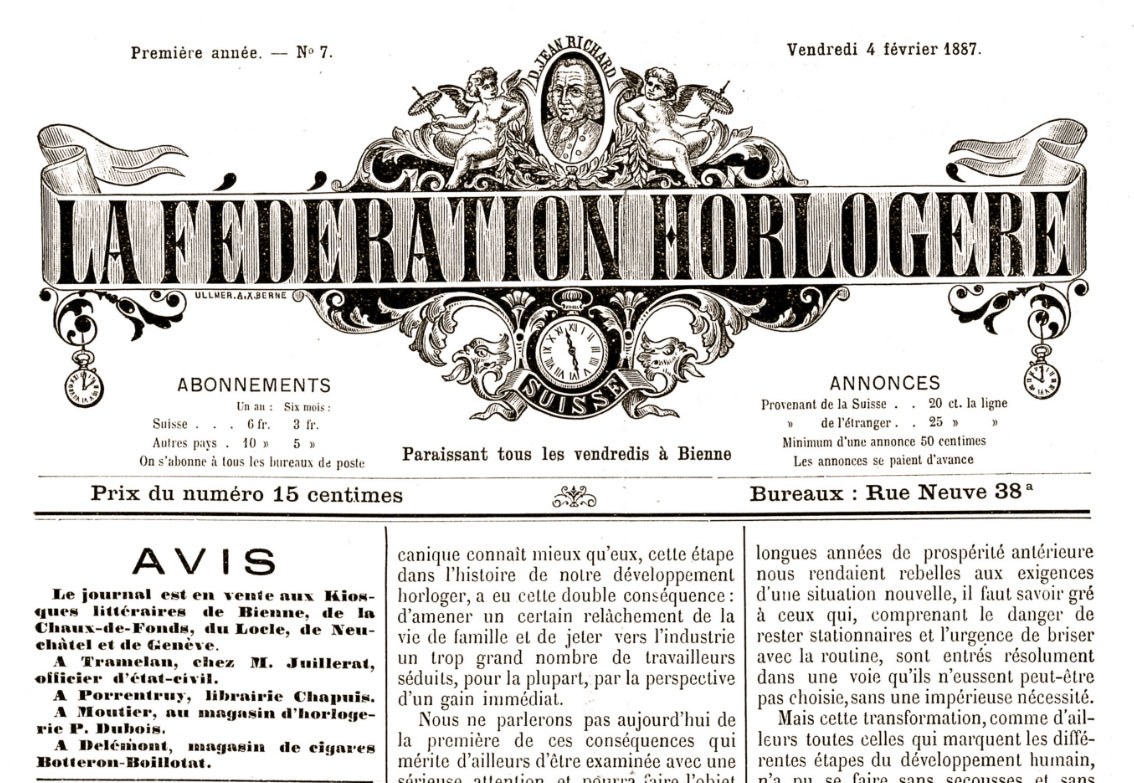 1896 MUGNIER wins the gold medal at the National Swiss Watch Exhibition
1896 MUGNIER wins the gold medal at the National Swiss Watch Exhibition
Sometime in the 1840s, the Mugnier workshop was taken over by a watchmaker known only as Lepinthe. Sadly, the pages of history lose sight of the Mugnier family upon their move to Geneva, Switzerland in the late 1800s, and all we are left knowing is that they continued to craft exceptional time-keeping devices.
Over the years, as with the gilted Napoleon self-winding watch, Mugnier pieces continue to sell in exclusive auction houses the world over for well hundreds of thousands of dollars. But such luxury need not only be within the reach of collectors and museums alike.
